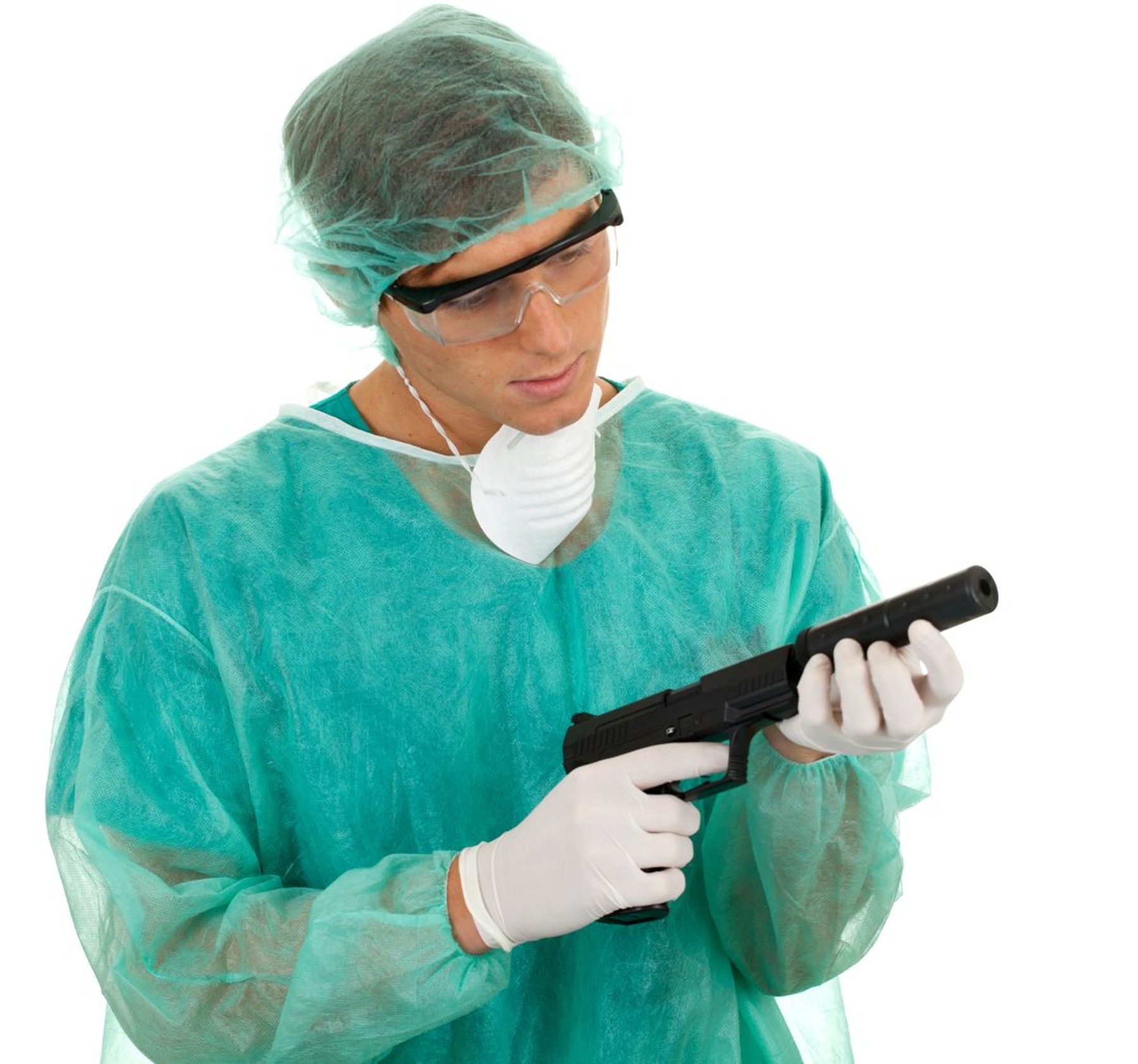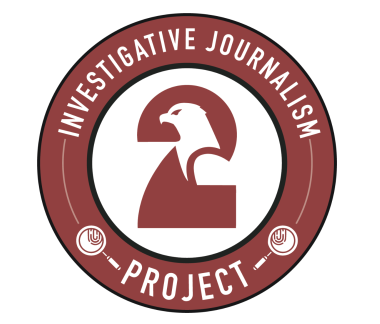
By Lee Williams
SAF Investigative Journalism Project
Special to Liberty Park Press
Doctors are increasing their anti-gun fight against President Donald J. Trump’s pro-gun policies and ideas—taking it to heights never seen under Joe Biden—by publishing more fictional stories based on anti-gun sources than ever before, and the Journal of the American Medical Association, known as JAMA, cannot publish the biased untruths fast enough.
When Biden occupied the White House, JAMA only published an anti-gun story every couple of months. However, under President Trump, this has changed dramatically.
Last Friday, JAMA published two stories, which it called research letters: “State Gun Laws and Firearm-Related Homicides and Suicides, 2017-2022,” and “Documented Firearm Access Before Suicide Among Psychiatric Emergency Service Patients.”
Both stories are clearly hard anti-gun fiction.
The first, “State Gun Laws and Firearm-Related Homicides and Suicides, 2017-2022,” was by far the worst. It was actually written by Chethan Sathya, MD, director of the Center for Gun Violence Prevention at Northwell Health. Needless to say, Dr. Sathya’s bias toward the Second Amendment is well known. He’s an anti-gun doctor employed by an anti-gun group.
Last February, during an interview with the American Medical Association, which was titled: “Firearm injury prevention strategies in medicine and how physicians can play a role in gun safety,” Sathya let the actual truth slip.
It’s all about the money, Sathya admitted.
“At its core, though, remember gun violence injuries are extremely expensive to treat, right? We know that they’re much more costly to treat than other types of trauma, blunt trauma included, speaking to the complexity of these wounds. And the majority of those patients are on Medicaid, right? We know that from the studies,” Sathya said. “So, there is an argument to be made at the administrator level as well, that these are not patients, you know, given the differential reimbursement rates that you get from the state versus what a health system actually pays in cost, you know, this is a big hit to health system finances. So, the more prevention that can be instituted, the less that you’re going to have that incremental deficit, as a result of what I just talked about.”
In his latest story, Sathya based his entire argument on one of the most questionable of sources: the Annual Gun Law Scorecard from the Giffords Law Center to Prevent Gun Violence.
For those who value the truth, Gifford’s annual anti-gun scorecard is a joke.
“The gun violence crisis isn’t a mystery. It’s a choice America has made,” the site claims.
The site awards California an “A” grade, which it claims makes it the safest state, 21 other states received an “F,” due to the freedoms they give their residents.
To sum, Sathya’s story is anti-gun propaganda, which was based upon older anti-gun propaganda.
The second story, “Documented Firearm Access Before Suicide Among Psychiatric Emergency Service Patients,” was also fictional but much more subtle.
It was written by Anne E. Massey, MPH, PhD, who works for the Department of Epidemiology’s School of Public Health, at the University of Washington in Seattle.
Massey came to the university in 2017, “because she wanted to learn more about disease outbreak response and gun violence prevention,” according to a public relations story written by the school.
Massey’s report falsely states that half of the suicide victims she studied claimed that “they did not have firearm access at their last visit before death.” She also claimed that “about one-third of all patients who died by suicide had unknown access.”
“Both findings suggest a need for more effective strategies regarding how clinicians discuss firearms and firearm safety with patients and their families,” Massey wrote.
Her report does not address whether clinicians should even question their patients about guns and gun safety, which most gun owners strongly oppose. This was overlooked. Instead, Massey advises it is better just to take guns away.
“Reducing firearm access among people who may be at risk of suicide is strongly recommended. Health care encounters offer a unique opportunity to assess firearm access and counsel as needed,” she wrote.
History of fake news
The data source has always been the Achilles heel of anti-gun propaganda.
When Advances in Pediatrics published “A Review of Community-Based Gun Violence Prevention Programs and the Physician’s Role,” last year, it admitted it used the Gun Violence Archive for its data.
“According to the Gun Violence Archive, an independent research and data collection organization established in 2013, injury and death by nonsuicide-related GV has nearly doubled since 2014,” the report stated.
The Gun Violence Archive has been debunked more than a dozen times just on this site alone. Even some in the gun-ban industry have moved on from the GVA and are using other, less-notorious data sources.
The GVA uses an overly broad definition of a mass shooting, which creates inflated statistics designed to hoodwink the public. For example, according to the GVA’s all-inclusive definition, there were 417 mass shootings in 2019. The FBI says there were 30, because it uses a much narrower and more realistic definition.
In 2022, the Johns Hopkins’ Bloomberg School of Public Health wrote “Study Finds Link Between Dropping Permit Requirement for Carrying Concealed Weapons and Increase in Officer-Involved Shootings with Civilian Victims.” However, it too was based upon GVA data.
The next year, JAMA published “Association of Community Vulnerability and State Gun Laws with Firearm Deaths in Children and Adolescents Aged 10 to 19 Years,” which was also based on GVA reports.
“This national cross-sectional study used the Gun Violence Archive to identify all assault-related firearm deaths among youths aged 10 to 19 years occurring in the US between January 1, 2020, and June 30, 2022,” the story admitted.
Other anti-gun sites have also been cited.
In 2022, JAMA published “Trends and Disparities in Firearm Fatalities in the United States, 1990-2021.” However, the authors admitted they obtained “key statistics” from the anti-gun group Brady United.”
DRGO
Robert B. Young, MD, is a psychiatrist who practices in New York, an associate clinical professor at the University of Rochester School of Medicine, and a Distinguished Life Fellow of the American Psychiatric Association.
Young also runs the Doctors for Responsible Gun Ownership—a pro-gun group that “values the foundational tradition of firearm ownership in the lives of Americans. Firearm policy must always accord with the enumerated individual civil right to keep and bear arms enshrined in the Second Amendment.”
He read both recent reports and did not think much of what he found, even if the data is accurate and uncompromised.
“They’re really just a so-what,” he said.
Both stories, he said, “just add one more citation to the author’s bibliography while building a mass of data for activism.”
Nowadays, Young said, such gun-banning has become a career.
Said Young: “Ultimately, gun banning—known as the gun safety industrial complex—is on its own now. Some people make a career out of it. They’ll get funding through Bloomberg, and they have careers at it. I do not depend on my income for my Second Amendment advocacy, which I believe makes me a much more honest participant.”
The Second Amendment Foundation’s Investigative Journalism Project wouldn’t be possible without you. Click here to make a tax-deductible donation to support pro-gun stories like this.
